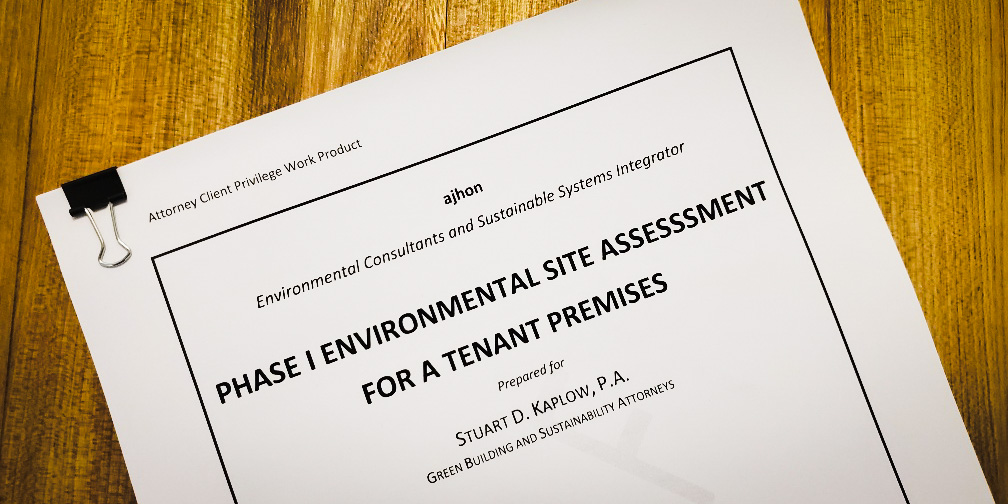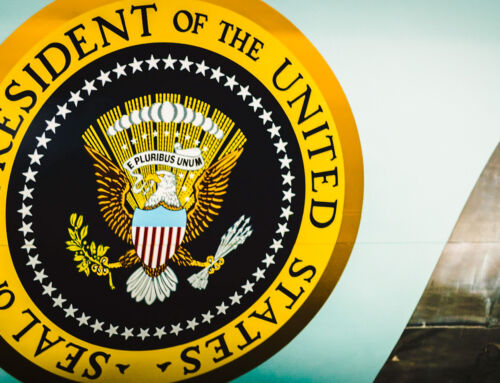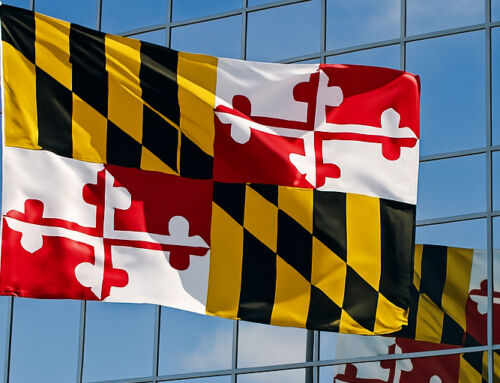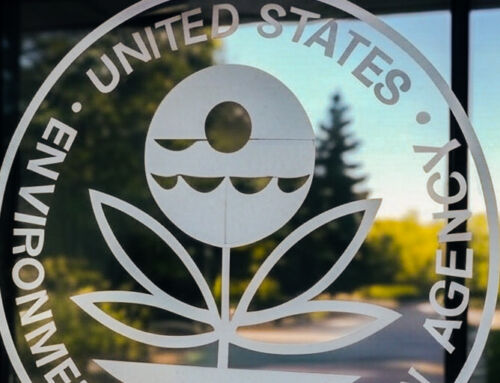View by Topic
Recent Articles
-
President Trump’s Bold Step to Rein in State Overreach in Climate ChangeSaturday, April 12th, 2025
-
Mandatory GHG Disclosures in Maryland Real Estate ContractsSaturday, April 5th, 2025
-
NYC Building Electrification Ruling is Interesting But Not a Game ChangerSaturday, March 29th, 2025
-
Greenpeace Ordered to Pay $667M in Blow to ActivismSaturday, March 22nd, 2025
-
The Most Consequential Day of Environmental Deregulation in American HistorySaturday, March 15th, 2025
View by Month/Year
“Green Building Law Update” Headlines
Recent Articles & News from
Stuart Kaplow’s blog
at GreenBuildingLawUpdate.com
- President Trump’s Bold Step to Rein in State Overreach in Climate Change April 13, 2025
- Mandatory GHG Disclosures in Maryland Real Estate Contracts April 6, 2025
- NYC Building Electrification Ruling is Interesting But Not a Game Changer March 30, 2025
- Greenpeace Ordered to Pay $667M in Legal Blow to Environmental Activism March 23, 2025
Subscribe to the Green Building Law Update!
Stuart Kaplow brings his expertise and extensive experience to the table with his unique digital publication, "Green Building Law Update". Subscribers receive regular updates to keep them informed about important issues surrounding Environmental Law, Green Building & Real Estate Law, as well as the emerging demand for Environmental Social Governance (ESG).
Get fresh content through the lense of Stuart Kaplow's cutting-edge expertise, innovative commentary and insider perspective. Don't miss another issue! Subscribe below.

LEED can Mitigate Legal Risks in ESG Disclosures
Public companies in the U.S. find themselves at a dynamic time in the emergent environmental social governance (“ESG”) space. Socially conscious investors, employees, vendors, suppliers, consumers, not to mention stockholder environmental proxy proposals, and the like are driving companies to make ESG statements.
This is at the same time the U.S. Securities and Exchange Commission is conducting an investigation requiring selected companies to articulate their basis for ESG disclosures. That ongoing government action follows the April SEC release of the results of an earlier agency examination finding that many investment funds identifying themselves as ESG, were not. And today environmental groups are alleging greenwashing and intentional misrepresentation, including claims in contravention of the Federal Trade Commission Green Guides, targeting companies making ESG assertions.
This blog post highlights the legal risk associated with ESG disclosures and proffers that through green building practices, like the U.S. Green Building Council’s LEED certification, companies can mitigate their legal risk while still being responsive to the trend of more environmental ESG disclosure.
With respect to the risk, make no mistake, today there is no federal law requiring businesses to make ESG statements. Although the Biden Administration has said new federal laws are coming as early as fourth quarter 2021.There are a very limited number of state laws each with a narrow scope. By way of example, we recently penned a blog post about Maryland Enacting A Corporate Diversity Benchmark in ESG. And we wrote in another recent post, the SEC Approved Nasdaq’s Race and Gender Board Disclosure Rules there are private initiatives.
Of course, existing SEC rules do require public companies to disclose, among other things, known trends, events, and uncertainties that are reasonably likely to have a material effect on the company’s financial condition or operating performance in annual reports and other periodic filings; and there are the SEC’s Conflict Minerals Disclosure Rule and the California Transparency in Supply Chains Act, but none of that equates to required ESG disclosures.
Recent U.S. case law underscores that ESG disclosures may be actionable if found to be materially false or misleading. There has been relatively little judicial redress arising from ESG claims (largely attributable to a robust stock market in recent years) and much of it involving bad facts in extreme instances (i.e., against BP arising from the Deepwater Horizon incident, against Massey Energy arising from a fire in a coal mine, etc.) and the legal adage that bad facts rise to bad law may certainly have been at play in those instances.
The risks associated with ESG are real and should not be underestimated.
A key problem, of course, is there are no accepted ESG criteria.
And as the SEC seeks to articulate the ESG space with new regulations s, there is not even unanimity among Commission members. SEC Commissioner Hester Peirce has publicly said, “we are seeing a similar scarlet letter phenomenon in today’s modern, but no less flawed world.” It is not Hester Prynne’s “A” for adultery in Puritan Massachusetts Bay Colony in 1642, but rather ESG in America in 2020. The SEC Commissioner has questioned “the materiality of ESG” including finding fault with ESG for having no enforceable or common meaning, “while financial reporting benefits from uniform standards developed over centuries, many ESG factors rely on research that is far from settled.”
And then there are the practical limitations of the three letter acronym. The broad breadth of issues that get dropped into the ESG bucket are too diverse to be given a number score on any single scale. How does a company determine reducing energy use is more important that gender and racial diversity of a board of directors?
We have for years advised public companies about environmental matters and sustainability including navigating the complexity of the emergent ESG disclosure decision making landscape. Of course, there are steps that companies can take to reduce the potential legal exposure created by ESG. While our most frequent advice is, whenever possible, to use aspirational language in ESG statements, including using words like “should,” “expect,” or “strive,” possibly our most efficacious advice is to obtain third party verification of the accuracy of disclosures.
We can recommend many, including some provided by this firm’s non law efforts, but there may be no better third party verification in the realm of environmental ESG disclosure than a third party certified LEED green building. With no accepted ESG criteria, the widely recognized LEED seal provides some sustainable panache, but most important mitigates risk from claims that the assertion is not really ESG worthy.
Additionally, individual LEED credits can be ideal third party vetted ESG claims. We have suggested for some businesses an ideal ESG averment may be, as described in a blog post, LEED Offers Companies a Response to Declining Bird Populations, through compliance with the LEED v4.1 Bird collision deterrence credit that aims to “reduce bird injury and mortality from in-flight collisions with buildings.” Again, a recognized third party is establishing the criteria, used for ESG purposes, in lieu of a company doing it itself, even if the step of third party certification is not included (as it would be if an entire building were LEED certified after achieving 55 credits or more).
Again, utilizing a third party created criteria, in this instance a LEED credit (actually originally drafted by the American Bird Conservancy for the U.S. Green Building Council) can provide a credible response mitigating risk of criticism for greenwashing, that can be touted in corporate sustainability claims including in ESG reporting (yes, public companies are including bird safe policies in public reporting). Be aware LEED water use reduction credits are frequently used to articulate potable water reduction requirements.
With the use of third party green building practices, like LEED, companies can mitigate their legal risk while still being responsive to the trend of more ESG disclosure.









